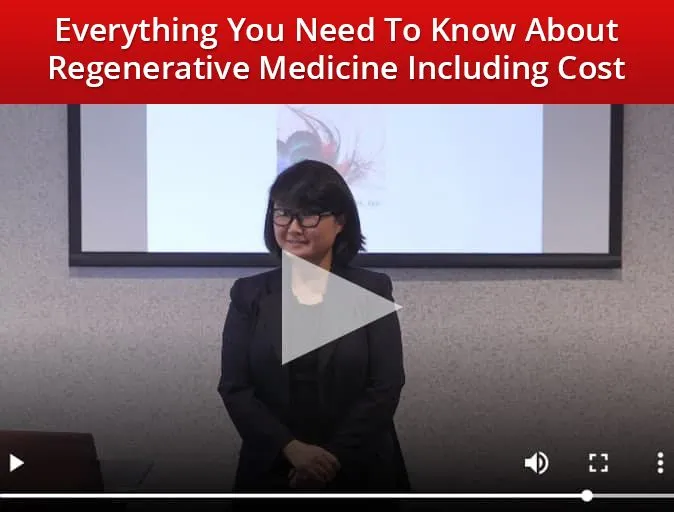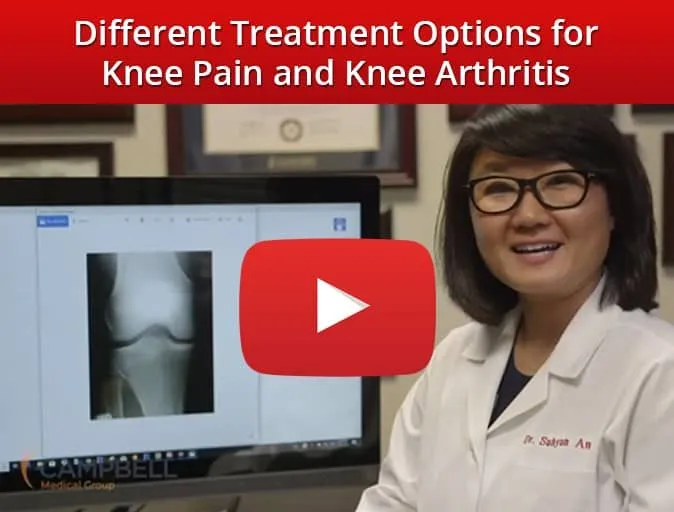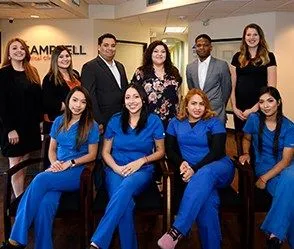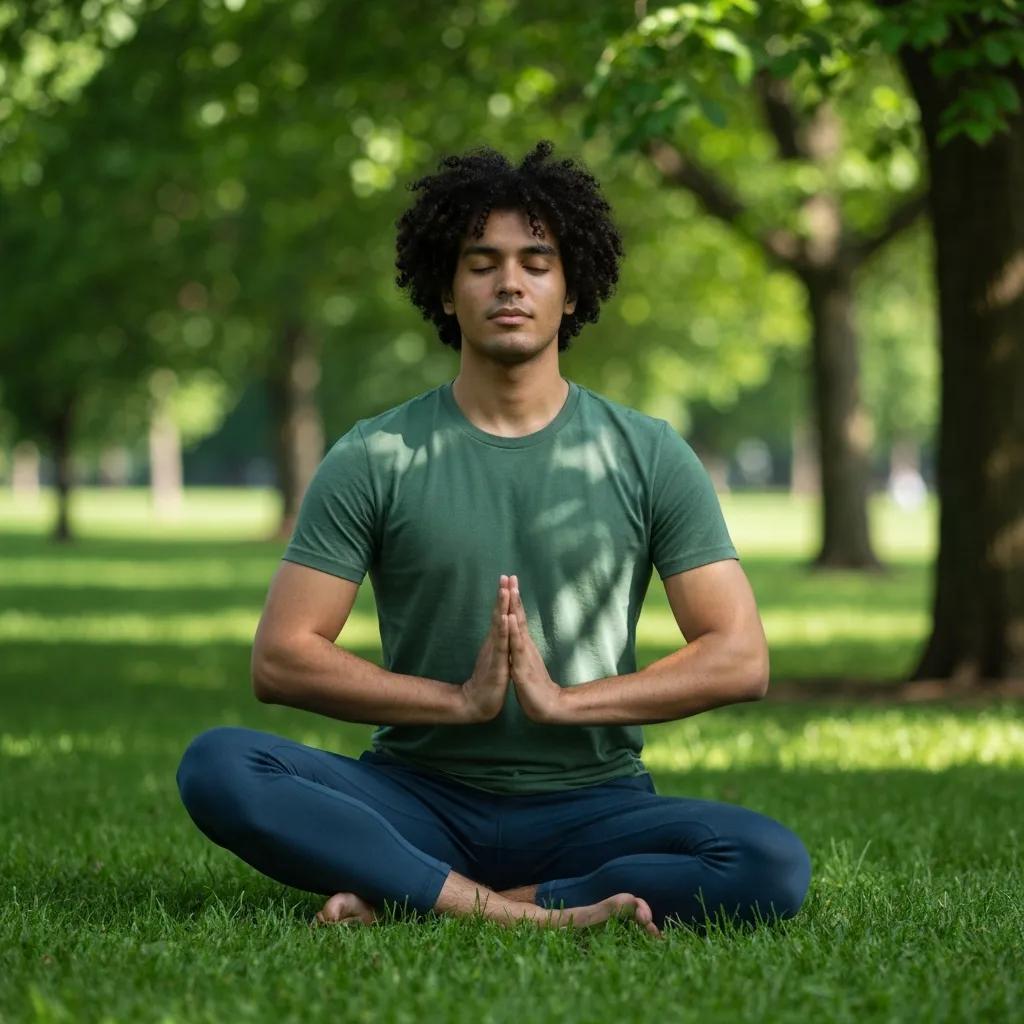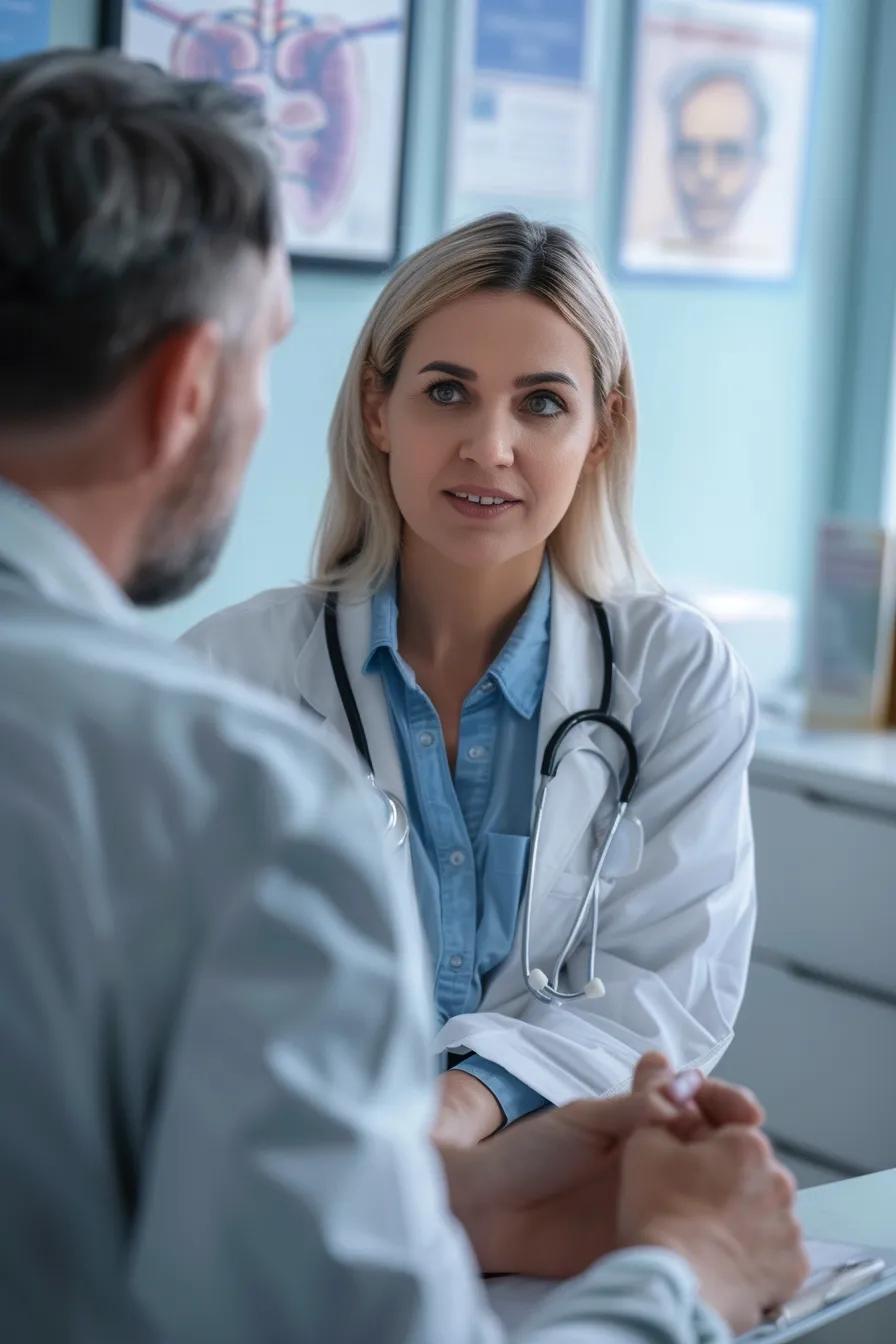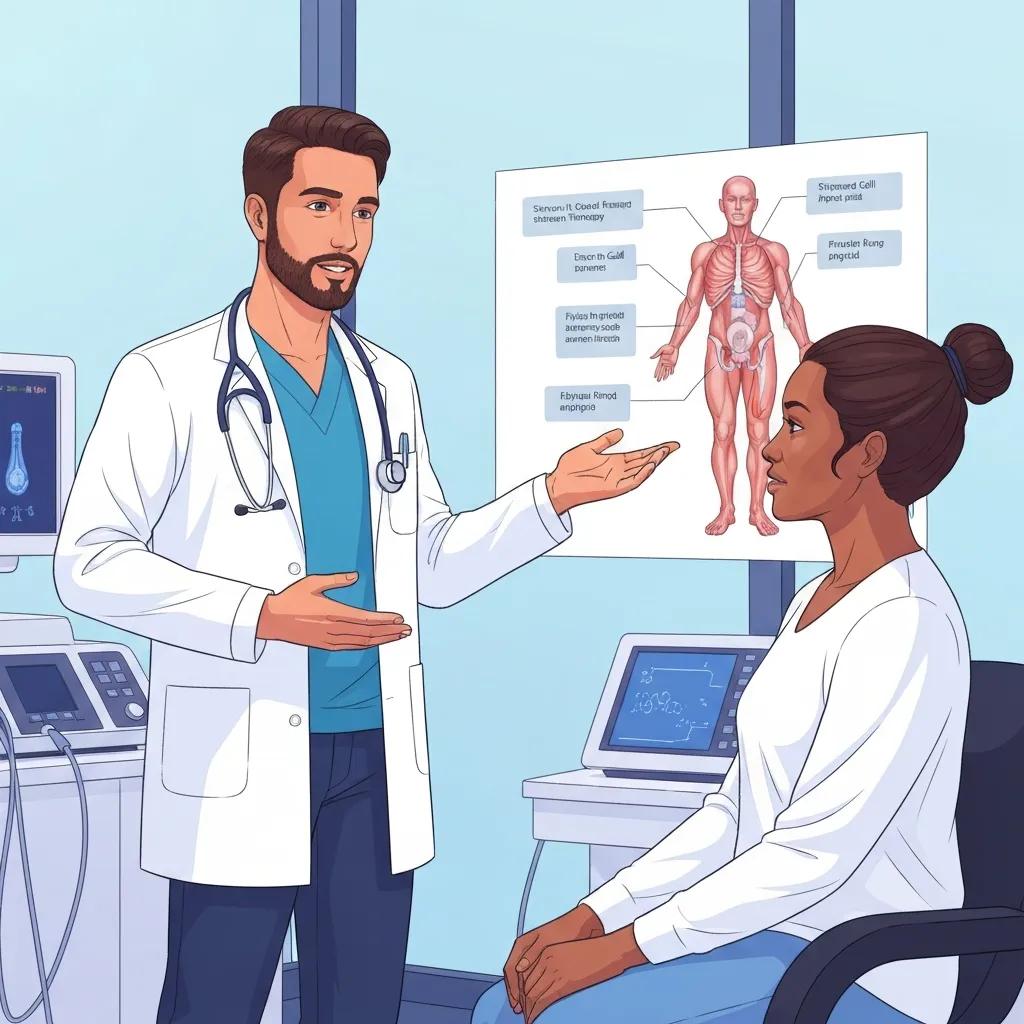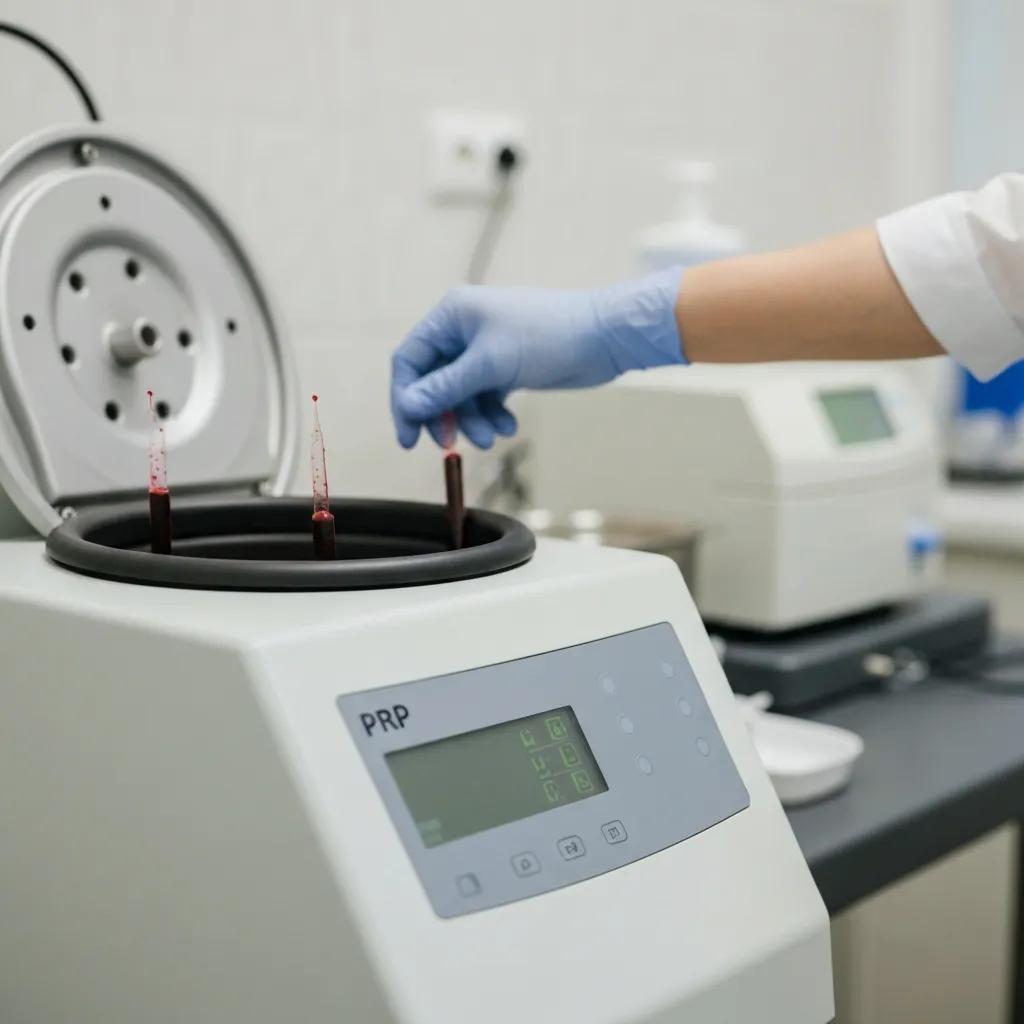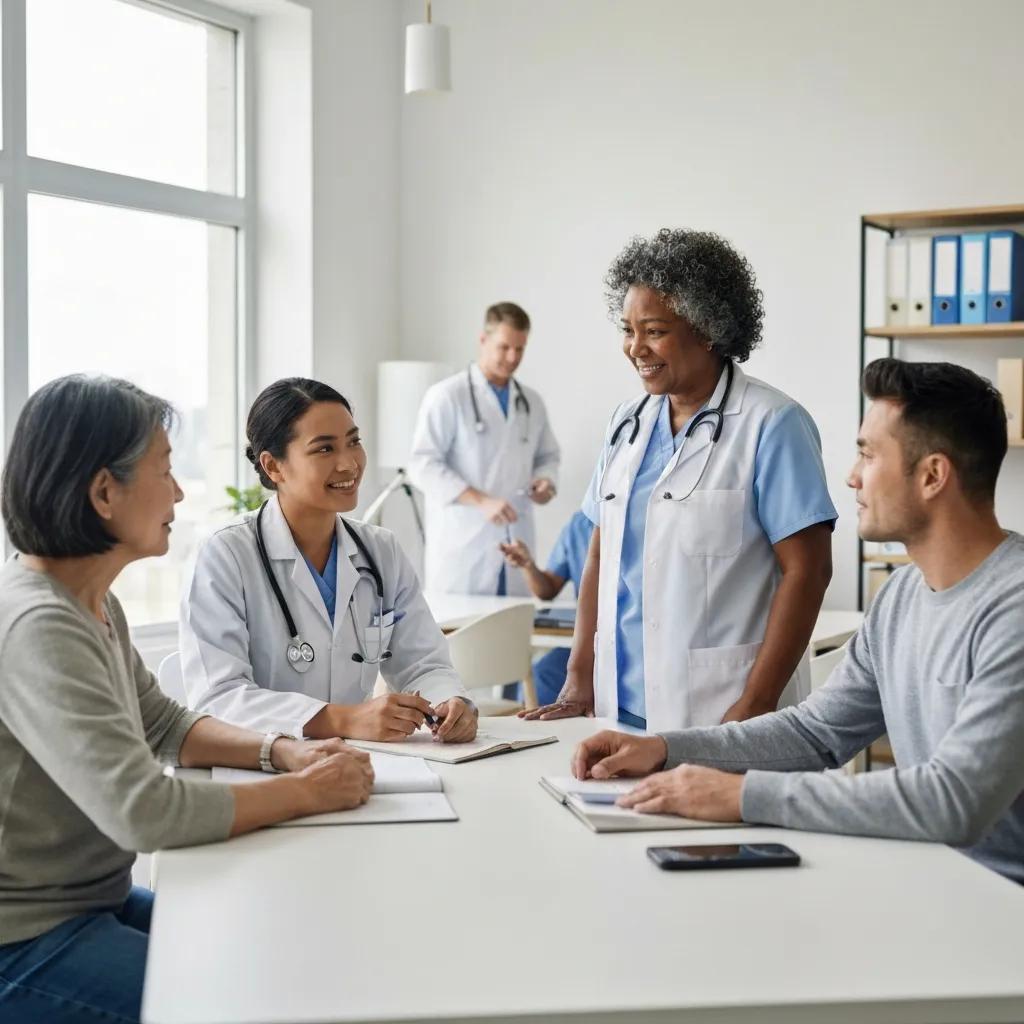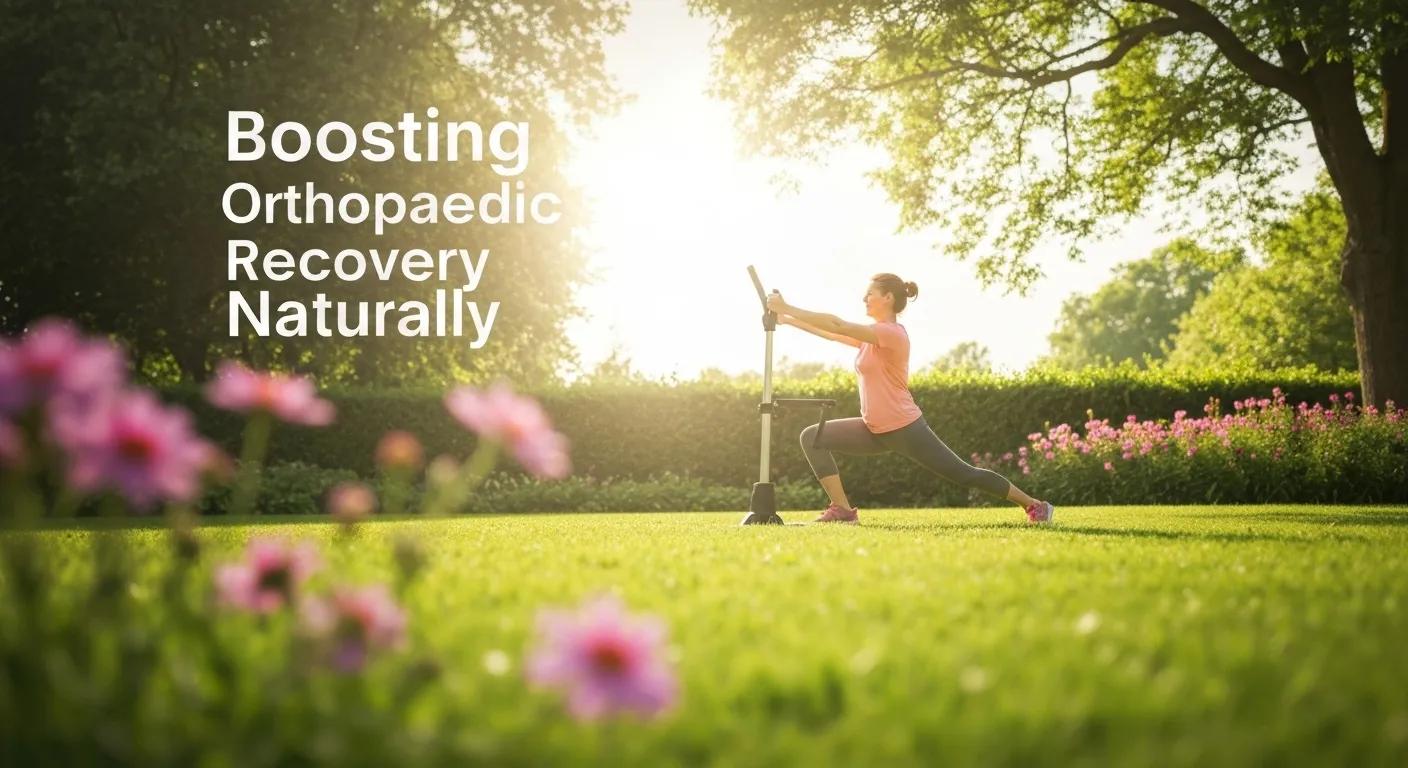
Boosting Orthopaedic Recovery Naturally
Rehabilitative care can accelerate healing, restore function, and reduce chronic pain after orthopedic injury or surgery. At Campbell Health Center, patients facing joint pain, back discomfort, or neuropathy discover a structured approach that combines physical therapy, occupational therapy, and interventional pain management to achieve faster, safer recovery. This article explores what orthopedic rehabilitation entails, how it speeds healing through targeted interventions, the key recovery stages, the distinct roles of physical and occupational therapy, specialized programs for sports injuries and joint replacement, integrated non-surgical pain relief, and how a personalized journey at our Houston clinic drives lasting outcomes. Whether you’re researching orthopedic clinic services in Houston, TX or seeking expert care in Houston, understanding these therapies lays the groundwork for informed decisions and improved functional independence.
What Is Orthopedic Rehabilitation and Why Is It Essential?
Orthopedic rehabilitation is a structured medical process that restores musculoskeletal function by combining therapeutic exercises, manual techniques, and patient education to promote healing, reduce pain, and prevent recurrence. The reason this process is essential lies in its ability to actively engage tissue repair mechanisms, optimize joint alignment, and retrain neuromuscular control after injury or surgery. For example, initiating rehabilitation within days of a knee repair can boost collagen formation, minimize scar tissue buildup, and accelerate return to daily activities.
What Does Orthopedic Rehabilitation Involve?
Orthopedic rehabilitation involves a coordinated plan of assessment, targeted exercises, hands-on techniques, and progress tracking designed to restore strength, flexibility, and functional mobility.
- Functional Assessment and Goal Setting: Therapists evaluate joint range, muscle strength, and movement patterns to establish personalized milestones.
- Therapeutic Exercise Prescription: Progressive resistance and flexibility routines stimulate tissue adaptation and improve biomechanical efficiency.
- Manual Therapy Applications: Hands-on mobilization and soft-tissue techniques enhance circulation, decrease stiffness, and support healing.
These elements combine to ensure each phase of recovery builds on the last, creating a clear path toward pain-free function and reduced reliance on analgesic medication.
How Does Rehabilitation Speed Up Orthopedic Healing?
Rehabilitation speeds orthopedic healing by stimulating biological repair processes and retraining neural pathways to restore coordinated movement. Early introduction of controlled loading through therapeutic exercises promotes angiogenesis and collagen alignment, which strengthens healing tissues. Concurrently, neuromuscular retraining reestablishes proprioception and stability, reducing compensatory patterns that can impede long-term recovery.
What Are the Key Stages of Orthopedic Recovery?
Orthopedic recovery unfolds in three overlapping phases—acute, subacute, and chronic—that guide therapeutic priorities:
- Acute Phase (0–2 weeks): Focuses on pain control, inflammation reduction, and gentle range-of-motion exercises to protect healing tissues.
- Subacute Phase (2–8 weeks): Emphasizes progressive loading, manual therapy, and strengthening to rebuild muscle support and joint stability.
- Chronic Phase (8+ weeks): Targets advanced functional training, endurance, and sport- or work-specific drills to return to full activity.
These stages help therapists tailor intensity and modality selection to optimize outcomes and prevent setbacks.
How Does Physical Therapy Support Orthopedic Recovery?
Physical therapy supports orthopedic recovery by applying evidence-based techniques that restore motion, rebuild strength, and normalize movement patterns, ultimately reducing pain and promoting independence. Through a combination of manual interventions and exercise progressions, patients regain joint mobility and muscular endurance in a safe, controlled environment.
What Physical Therapy Techniques Are Used for Orthopedic Conditions?
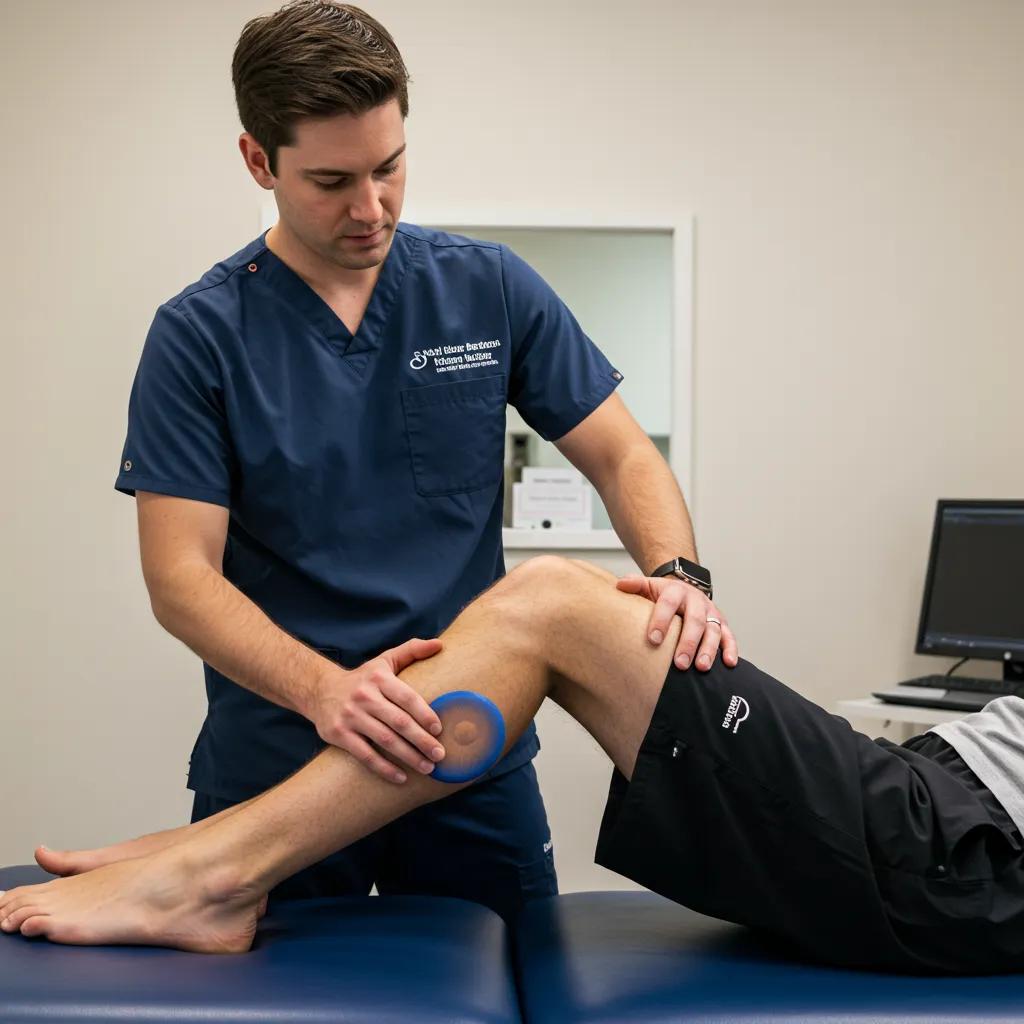
Physical therapists employ a range of methods to address musculoskeletal impairments:
- Manual Therapy: Joint mobilizations and soft-tissue release techniques improve flexibility and reduce stiffness.
- Therapeutic Exercises: Strength-building, stretching, and neuromuscular control drills target specific muscle groups and movement faults.
- Modalities and Biophysical Agents: Ultrasound, electrical stimulation, and cryotherapy modulate pain, enhance circulation, and accelerate healing.
These modalities integrate to correct biomechanical imbalances and support progressive functional gains.
How Does Physical Therapy Relieve Joint and Back Pain?
Physical therapy relieves joint and back pain by addressing both symptomatic relief and underlying biomechanical causes. Therapeutic exercises strengthen muscles that support vulnerable joints, reducing aberrant loading. Manual techniques decrease tissue tension and improve spinal alignment, which alleviates nerve irritation. Over time, consistent therapy retrains movement patterns to prevent re-injury and ensures sustainable pain reduction.
What Are the Benefits of Post-Surgical Physical Therapy in Houston?
Post-surgical physical therapy in Houston delivers targeted rehabilitation that accelerates wound healing, restores range of motion, and rebuilds strength following procedures such as arthroscopy or joint replacement. Local expertise enables early intervention, reducing postoperative stiffness and promoting faster discharge from acute care. Patients experience improved functional independence and return to work or sport with confidence under guided supervision.
Which Exercises Are Most Effective for Orthopedic Recovery?
A balanced exercise regimen for orthopedic recovery includes:
- Progressive Resistance Training: Builds muscle support around injured joints to enhance stability.
- Closed-Kinetic Chain Activities: Mimic weight-bearing tasks to improve functional control in real-world movements.
- Neuromuscular Control Drills: Use balance boards and proprioceptive exercises to refine coordination and prevent falls.
These exercises evolve in complexity and intensity, fostering strength gains while safeguarding joint integrity.
Comparative Outcomes of Core Physical Therapy Techniques
| Technique | Focus Area | Expected Outcome |
|---|---|---|
| Joint Mobilization | Flexibility | Increased range of motion |
| Resistance Training | Muscular Strength | Enhanced support and stability |
| Proprioceptive Exercises | Neuromuscular Control | Improved balance and coordination |
The integration of these techniques ensures a comprehensive approach to movement restoration, setting the stage for daily activity reintegration.
How Does Occupational Therapy Enhance Daily Function After Orthopedic Injury?
Occupational therapy enhances daily function by teaching patients adaptive strategies and providing assistive equipment to safely perform activities of daily living (ADLs), such as dressing, bathing, and cooking, when joint limitations or muscle weakness interfere with independence.
How Does Occupational Therapy Help With Activities of Daily Living (ADLs)?
Occupational therapy helps with ADLs by first analyzing the specific task demands and then customizing interventions that simplify movements or incorporate adaptive techniques. Therapists may instruct joint-protection methods, energy conservation techniques, and task-specific training to maintain independence despite pain or functional deficits.
What Adaptive Equipment Supports Orthopedic Patients?
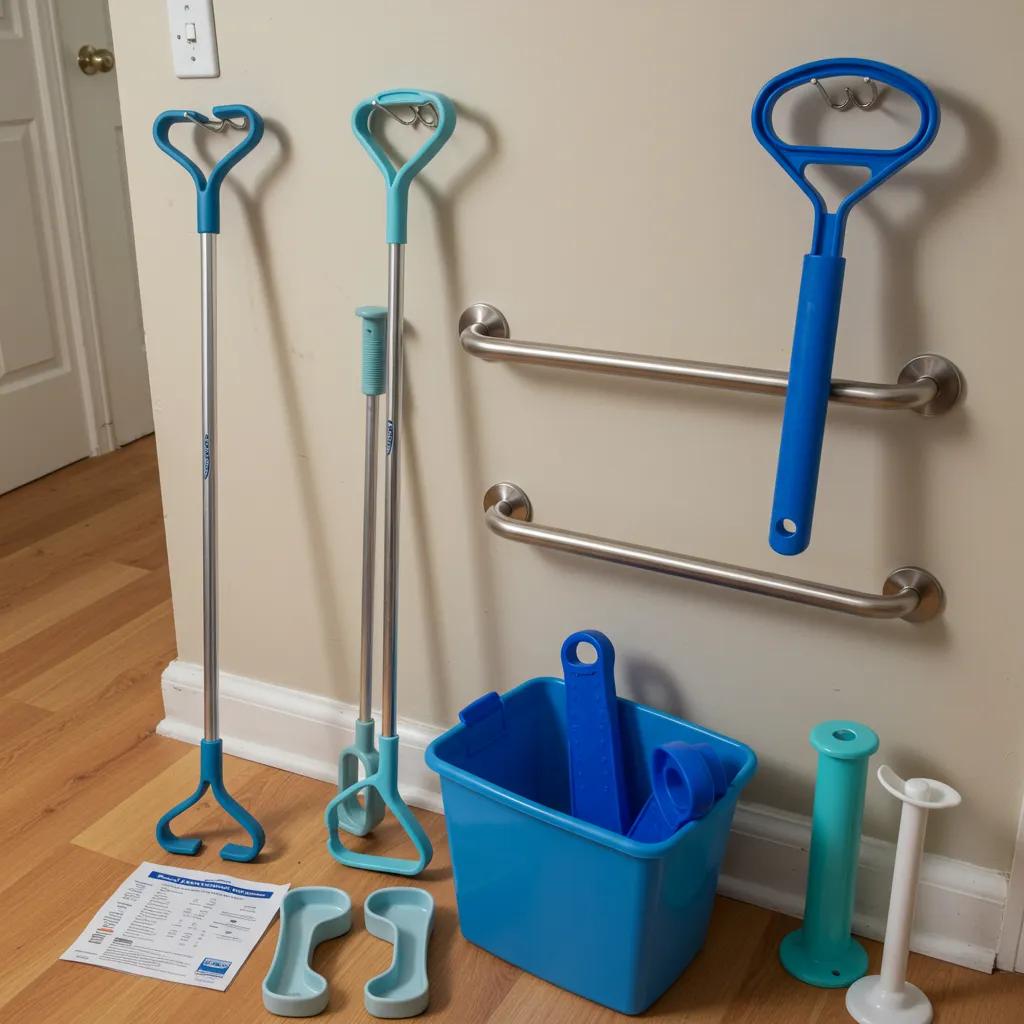
An introductory range of adaptive equipment includes:
- Long-handled reachers for minimal bending during dressing
- Sock aids and button hooks for one-handed dressing techniques
- Grab bars and raised toilet seats for safe transfers
Selecting the right tools reduces strain on healing joints, enabling patients to navigate home and work environments with confidence.
How Does Occupational Therapy Complement Physical Therapy?
While physical therapy rebuilds strength and mobility, occupational therapy focuses on translating those gains into meaningful, everyday actions. Collaboration ensures that exercise gains support real-life tasks, creating a seamless continuum between improved body mechanics and functional independence.
Occupational Therapy for Daily Living After Orthopedic Injury
Houston offers specialized programs tailored to unique recovery needs, including sports injury rehabilitation, spinal rehabilitation for back pain, neuropathy care, and joint replacement rehabilitation. These programs integrate sport-specific drills, advanced spinal stabilization, non-surgical nerve therapies, and progressive loading protocols to match individual goals and activity levels.
How Does Sports Injury Rehabilitation Aid Recovery?
Sports injury rehabilitation combines functional testing, sport-specific exercise progressions, and injury prevention strategies to return athletes to peak performance. Dynamic movement assessments identify compensations, while agility drills and plyometrics rebuild power, ensuring a safe return to competitive activities.
What Are the Benefits of Spinal Rehabilitation for Back Pain?
Spinal rehabilitation benefits back pain by targeting core stabilization, postural alignment, and flexibility through tailored exercise progressions. Strengthening deep spinal stabilizers reduces mechanical stress, while manual therapy and ergonomic education prevent recurrence and support sustainable pain management.
How Is Neuropathy Treated Through Rehabilitation Therapies?
Rehabilitation for neuropathy emphasizes non-surgical interventions such as balance training, low-level light therapy, and manual lymphatic drainage to alleviate nerve compression and promote circulation. Combined with therapeutic exercises, these approaches help restore sensation, reduce paresthesia, and improve gait stability.
What Does Joint Replacement Rehabilitation Entail?
Joint replacement rehabilitation entails early mobilization, gradual weight-bearing progression, and muscle-reeducation exercises to regain range of motion and joint stability. Guided stair training, gait normalization, and strength conditioning programs enable patients to resume daily routines and recreational activities with minimal discomfort.
How Are Non-Surgical Pain Management Solutions Integrated Into Orthopedic Recovery?
Non-surgical pain management integrates interventional techniques, holistic approaches, and rehabilitative exercises to reduce chronic orthopedic pain and support functional gains without resorting to surgery or long-term opioid use.
What Interventional Pain Management Techniques Are Offered?
Interventional pain management techniques include corticosteroid injections, nerve blocks, viscosupplementation, and advanced regenerative therapies such as Platelet-Rich Plasma (PRP) and Stem Cell Therapy. Additionally, cutting-edge rehabilitation treatments like Pulsed Electromagnetic Field (PEMF) therapy, Shockwave therapy, and Red Light therapy are utilized. These directly target inflamed tissues and joint spaces to deliver rapid pain relief and stimulate natural healing processes. When combined with rehabilitation, these procedures enhance patient participation in therapeutic exercises by reducing discomfort.
These advanced non-surgical solutions are specifically emphasized to help patients avoid the need for pain medications and invasive surgery, promoting a more natural and sustainable path to recovery and long-term well-being.
How Do Holistic Approaches Support Orthopedic Pain Relief?
Holistic approaches support pain relief through multimodal strategies such as mindfulness training, movement therapies, and nutritional guidance that address inflammation and stress. These interventions complement physical modalities, fostering a comprehensive recovery environment that promotes resilience and well-being.
Can Rehabilitation Therapies Reduce Chronic Orthopedic Pain Without Surgery?
Yes, rehabilitation therapies can markedly reduce chronic orthopedic pain by strengthening supporting muscles, improving joint mechanics, and retraining neural pathways for efficient movement. Non-opioid pain relief methods such as manual therapy and targeted exercise programs often lead to sustained comfort and restored function.
What Does Your Personalized Orthopedic Recovery Journey Look Like at Campbell Health Center?
Your personalized recovery journey begins with a comprehensive evaluation, followed by a customized plan that adapts to your progress, goals, and lifestyle. By combining evidence-based rehabilitation therapies with patient-centered care, Campbell Health Center ensures each phase of recovery aligns with your unique needs.
How Are Individualized Treatment Plans Developed?
Treatment plans are developed through a detailed assessment of your medical history, functional limitations, and personal objectives. Therapists collaborate with you to set realistic milestones, select appropriate modalities, and monitor improvements, adjusting interventions as healing progresses.
Why Choose Campbell Health Center for Orthopedic Rehabilitation in Houston?
Under the expert guidance of Dr. Suhyun An and our multidisciplinary team, Campbell Health Center emphasizes an integrated non-surgical focus, local expertise, and compassionate support. Patients trust our team for reliable pain reduction, transparent progress tracking, and the dedication to facilitate lasting recovery.
What Success Stories Demonstrate Effective Orthopedic Recovery?
Patients recovering from hip replacement, rotator cuff repair, and complex back injuries report regaining full mobility and returning to active lifestyles within expected timelines. Their experiences underscore the clinic’s ability to deliver predictable, evidence-driven outcomes that restore independence and quality of life.
How Can You Book a Consultation for Orthopedic Rehabilitation in Houston?
Booking a consultation for orthopedic rehabilitation at Campbell Health Center is straightforward: call the clinic to schedule an initial evaluation, during which your needs will be assessed and a recovery plan outlined. This first step empowers you to take control of your healing journey with expert guidance.
What Should You Expect During Your First Appointment?
During your first appointment, a licensed therapist will conduct a thorough assessment of your condition, discuss your goals, and explain the recommended therapies. You’ll receive clear instructions on what to bring, how to prepare, and what milestones to anticipate. Please note that services are not covered by insurance or Medicare.
How to Prepare for Your Orthopedic Rehabilitation Sessions?
Prepare for rehabilitation sessions by wearing comfortable attire, bringing any recent imaging or surgical reports, and noting specific symptoms or movement limitations. Arrive hydrated and ready to engage actively in exercises that will drive your recovery forward.
What Are the Clinic Hours and Contact Details for Campbell Health Center?
Campbell Health Center welcomes patients during standard business hours throughout the week. To confirm appointment availability or inquire about services, call the clinic directly and speak with our scheduling team, who will ensure you find a convenient time for your evaluation and treatment.
Embarking on a structured rehabilitation plan at Campbell Health Center empowers you to overcome pain, rebuild strength, and reclaim the activities you love without unnecessary surgical intervention. Start your personalized recovery journey today to experience the supportive care that fosters long-term orthopedic health and functional independence.

